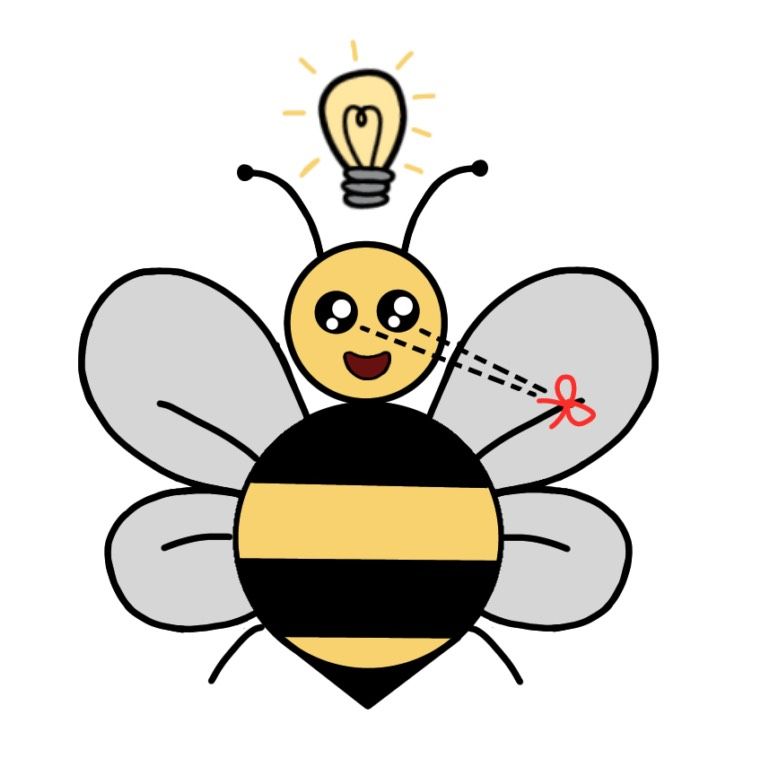
This is going to sound painfully obvious at first — “Don’t assume you’ll remember things! Create reminders!” — but bear with me. There are two useful, nonobvious things here:
Sometimes you think of something you need to remember while, say, driving, or talking to someone. You can’t always email yourself or write something down but you can still do something like stick a pencil behind your ear or move your wallet to your other pocket. Anything you can count on to break through to your conscious attention later. We have a whole list of ideas for this.
Just having the term “plan-to-forget” helps you notice instances of delusionally planning to remember. It’s a concept handle for a Trigger-Action Plan [1] template we’ve been finding really useful in our family.
Our son Cantor and I were proud to come up with this after too many failed instances of “remind me to do XYZ”. The original instance of putting it into practice was Cantor saying, as we were leaving the house, “I need to water my garden. I’ll do that when we get back.” I asked him how he could plan to forget to do that and he tucked his hair into the back of his hat so that it would fall out when he got home and remind him. It worked! The general advice is, whenever you catch yourself intending to remember to do something, plan to forget instead by doing something that will actually prompt you to remember.
“Whenever you catch yourself intending to remember to do something, plan to forget instead by doing something that will actually prompt you to remember”
A common one I’ve used is putting my watch on my other wrist. One time I needed to remember to mail a letter at the train station. Emailing myself or writing something down wouldn’t work because I wouldn’t be checking my email or any task list. But I’d certainly be looking at my watch! It worked like a charm. (And intending to remember clearly would’ve failed.)
Another example was remembering to add a ledger entry for cleaning the kitchen (yes, we all pay each other for chores like this): As I’m cleaning the kitchen I think to myself, “self, remember to ledger this when you’re done”. And at first that works so I’m lulled into complacency. What I should do instead is… looking around… grab a hat from that shelf and put it on. Then when I’m done cleaning I’ll think, “Why am I wearing a hat in the house?” And then I’ll remember and go do the thing before taking off the hat.
The trick is noticing myself in the act of planning-to-remember. If you happen to say out loud, “oh, hey, remember to X” then it’s easy. I’ve trained myself to immediately be like “I will absolutely NOT remember to X”. But sometimes it’s a bit subconscious/unverbalized, like with planning to ledger the dishes when I’m done.
So it’s not foolproof [2] but it’s progress. We’ll conclude with a whole list of examples, including from the wonderful subscribers to the daily beemail, for inspiration (starting with the ones mentioned above for completeness):
- Stick a pencil behind your ear
- Move your wallet to your other pocket
- Do something unusual to your hair or article of clothing
- Put your watch on your other wrist
- Turn your glasses upside down on your face (our daughter, Faire, did this once when I asked her if she could move my laundry when she went upstairs)
- Put something you need to bring in the car on top of your car keys
- Put something on your office chair
- Tie a string around your finger
- Write something on your hand
- Leave a bag’s zipper open (or somesuch awkward thing you’ll notice) as a prompt to pack something
- Set a timer
- Put a sticky note on the doorknob
- Put a hair clip on your watch or somewhere else awkward
- Tell Alexa to remind you
- For ongoing repeated stuff like taking out the garbage, beemind it
(Pro tip: Don’t undo any of those before actually doing the thing you needed to remember to do! It’s tempting to think “I’m about to do it now so I can take this annoying thing off my face”. But that’s planning-to-remember all over again!)
So there you have it. It’s taken conscious practice but now in our house whenever we hear each other say something like “remember to…” we tend to respond with “got a plan to forget?” and we make one and then we don’t. Forget, I mean. It’s great.
Footnotes
[1] My favorite Trigger-Action Plan — and quite similar to this plan-to-forget one — is my anti-should rule: I’ve trained myself to catch myself making “should” statements and either just not say them or take some immediate action to make the “should” more likely to actually happen.
[2] Yet? We figure writing this blog post will help drill it in!
Image credit: Faire Soule-Reeves